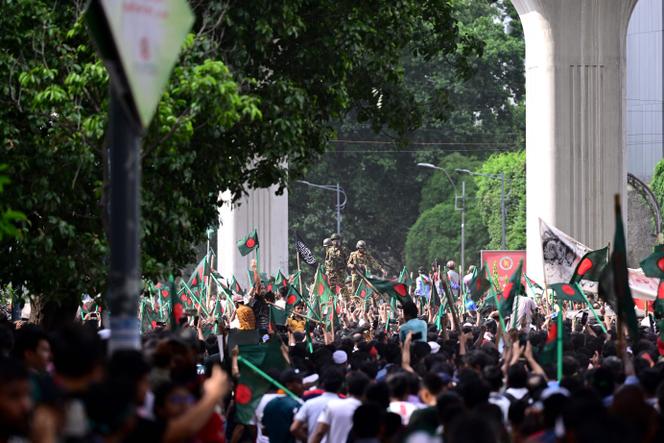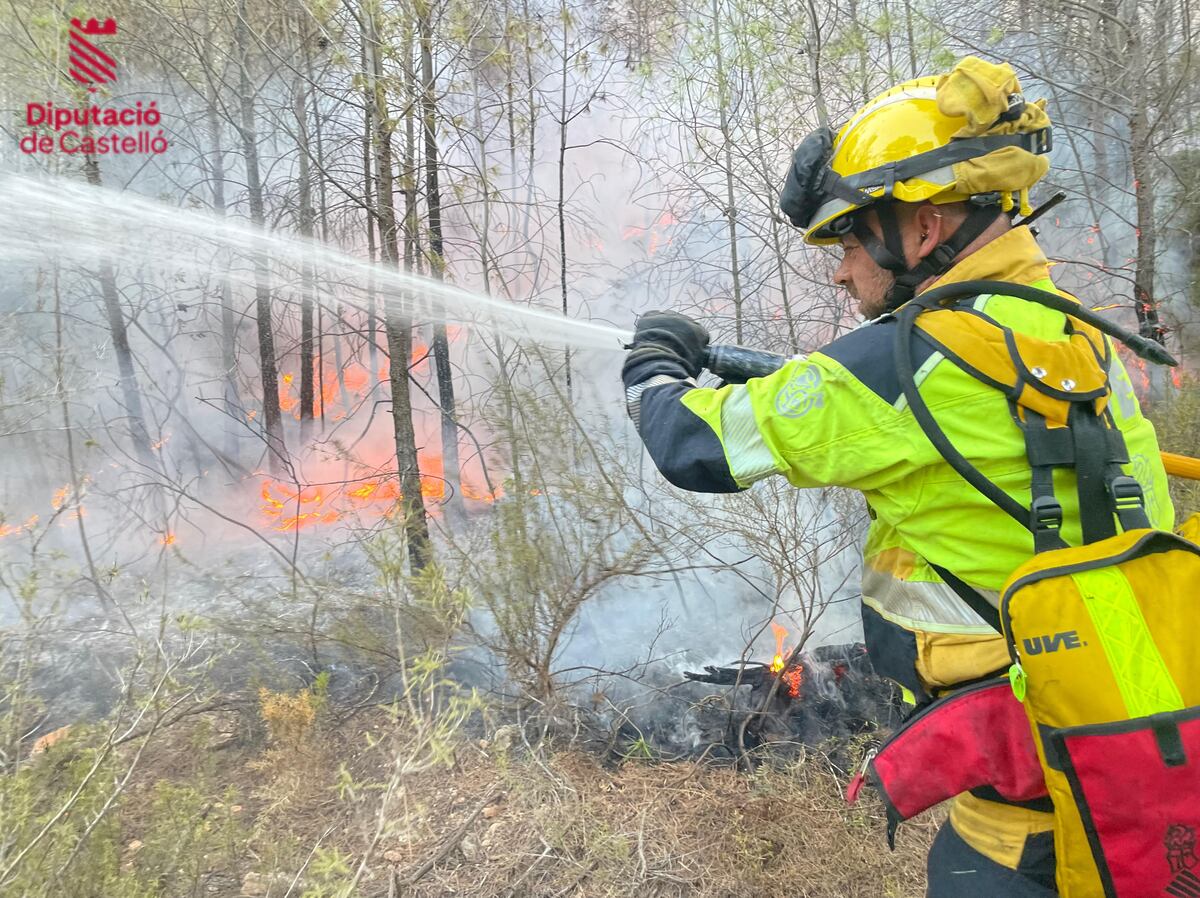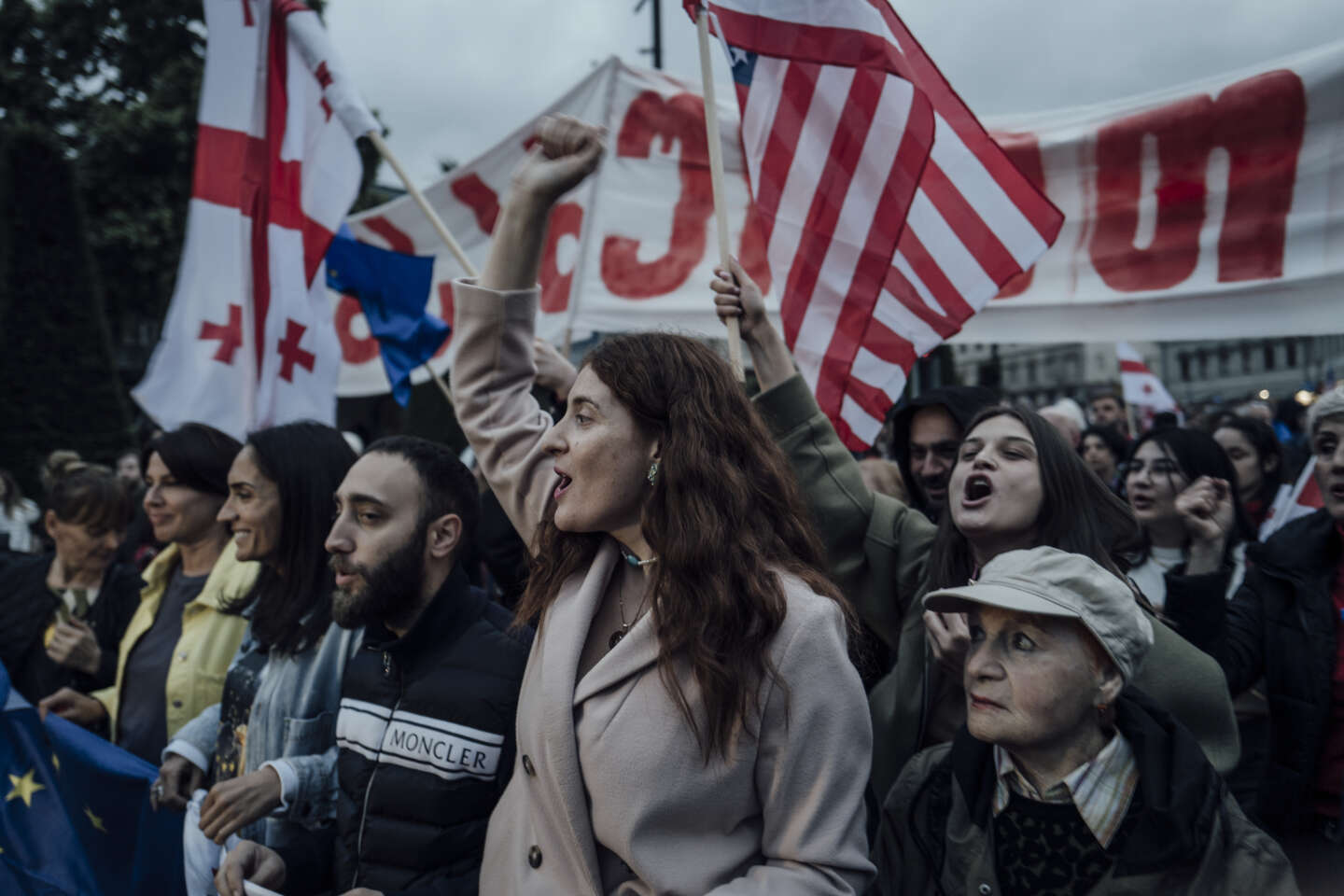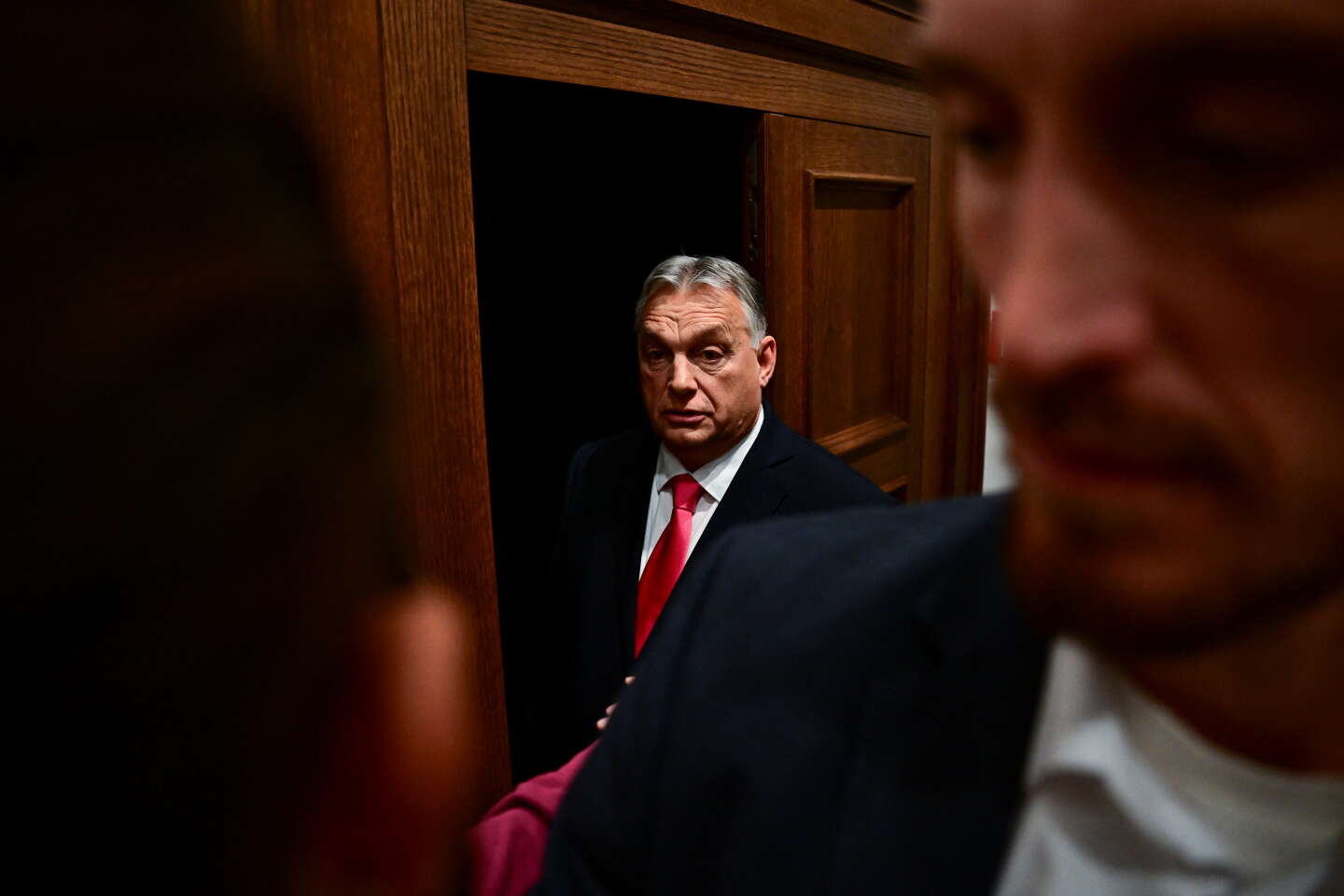Prime Minister forced to flee Bangladesh by helicopter – Technologist
Just a few weeks ago, it seemed impossible. Yet on Monday, August 5, under pressure from the street, Prime Minister Sheikh Hasina was forced to leave her residence in Dhaka aboard an army helicopter. Bangladesh’s “Iron Lady” has fled after a 15-year reign of terror. Her destination was unknown. It was 2:25 pm in Dhaka. Just a few minutes later, thousands of demonstrators stormed the leader’s palace. On local television, they could be seen running through the gardens, moving furniture, or filming themselves lying on a four-poster bed.
In the streets, Bangladeshis let their joy explode. Protesters climbed the huge statue of Sheikh Mujibur Rahman (1920-1975), the father of Hasina and hero of the war of liberation against Pakistan in 1971, and took it down with an axe. The offices of the Awami League, Hasina’s party, were also torched, raising fears of reprisals.
‘Disgraceful leader’
At the same time, the chief of the Army Staff was addressing the nation in a televised speech. General Waker-uz-Zaman, dressed in military fatigues and flanked by two officers, announced that he would form an interim government following Hasina’s resignation. “The country has suffered a lot, the economy has been hit, many people have been killed – it is time to stop the violence,” he declared. He said he was in contact with the main opposition parties. “If the situation improves, there is no need to resort to a state of emergency,” he said, while promising that the new authorities would “prosecute all murders” committed throughout the weeks of protests. “From now on, students’ duty is to remain calm and help us,” he added.

The Students Against Discrimination coalition had called for a major march on the capital on Monday, August 5. “The time has come for the final protest,” warned Asif Mahmud, one of the leaders of the movement. “We the students and the people will create a new Bangladesh,” he had promised, urging his fellow citizens to converge on Dhaka, “by any means possible, to ‘be part of history.'” The students braved the curfew in place to defy the now ex-prime minister.
The crackdown on student protests has left almost 300 people dead in less than a month. On the weekend of August 4 and 5, this country of 170 million inhabitants was transformed into a battlefield. Clashes between opponents of Hasina, on the one hand, and law enforcement and government supporters, on the other, had turned to carnage. On Sunday, at least 97 people died, including 14 police officers, according to Prothom Alo, the country’s most widely circulated newspaper. It was the deadliest day since July 1, when the protest began, leaving nearly 300 people dead. “The blood of hundreds freed Bangladesh from the tyranny of a disgraceful ruler,” reacted former Bangladeshi journalist Saad Hammadi, from the Balsillie School of International Affairs in Canada, on X, Monday.
You have 54.55% of this article left to read. The rest is for subscribers only.


